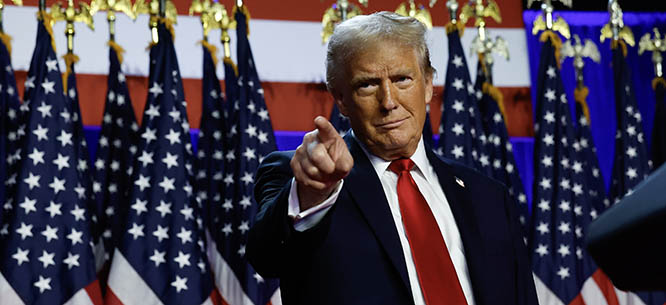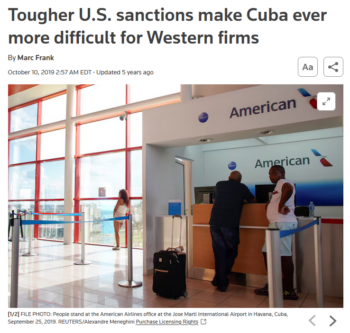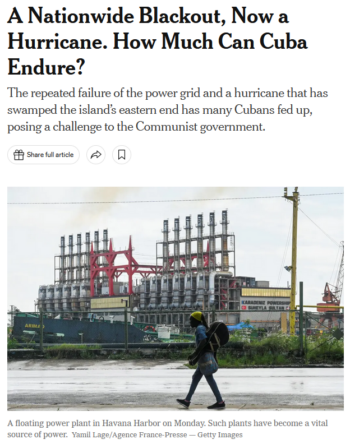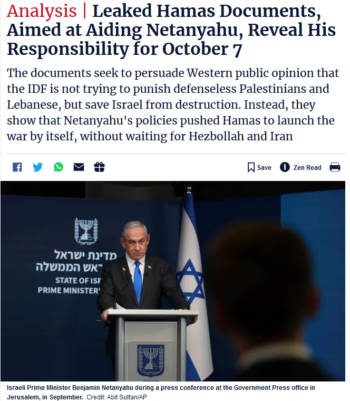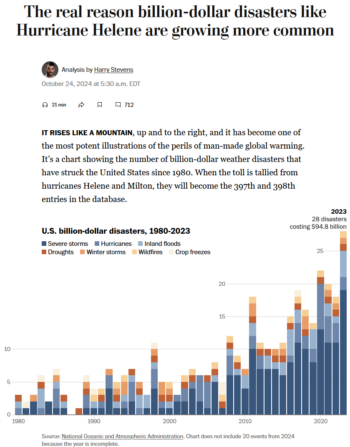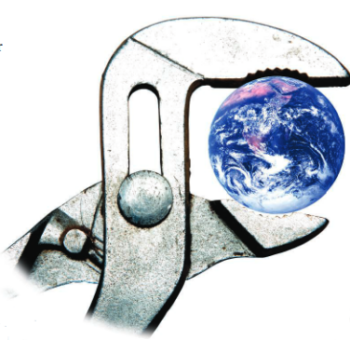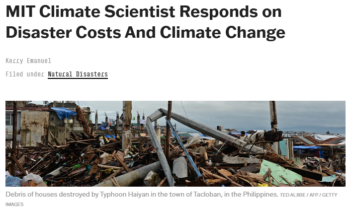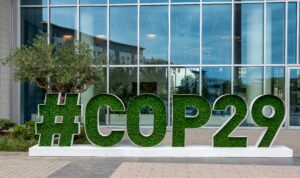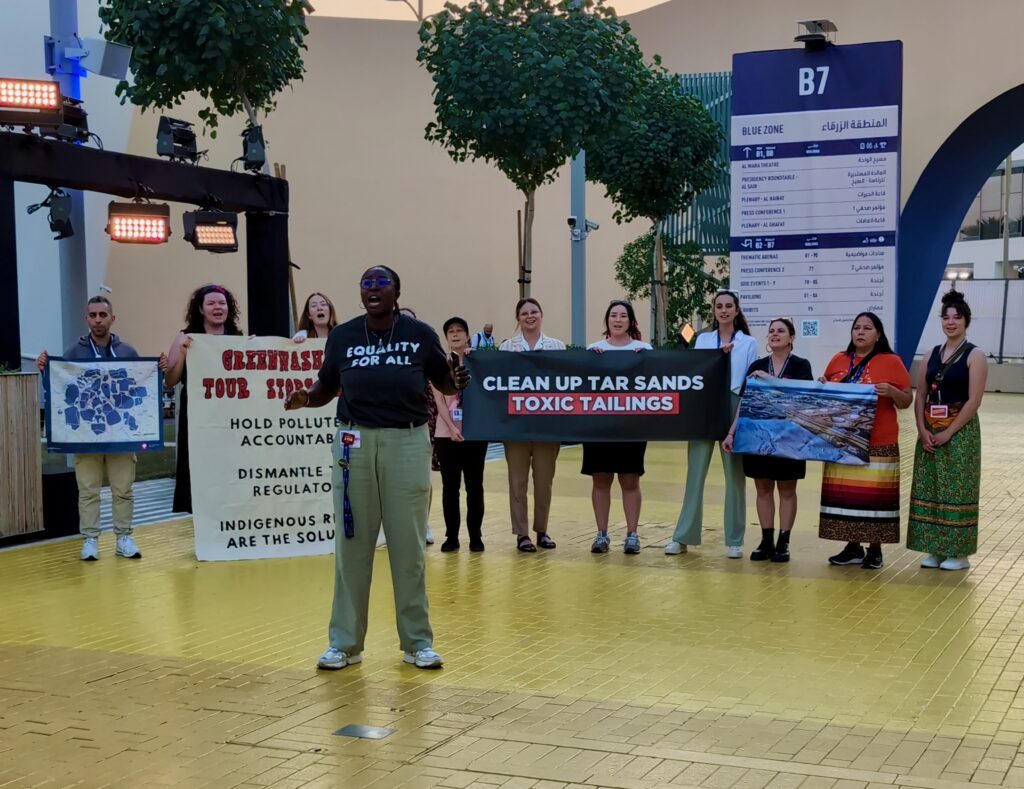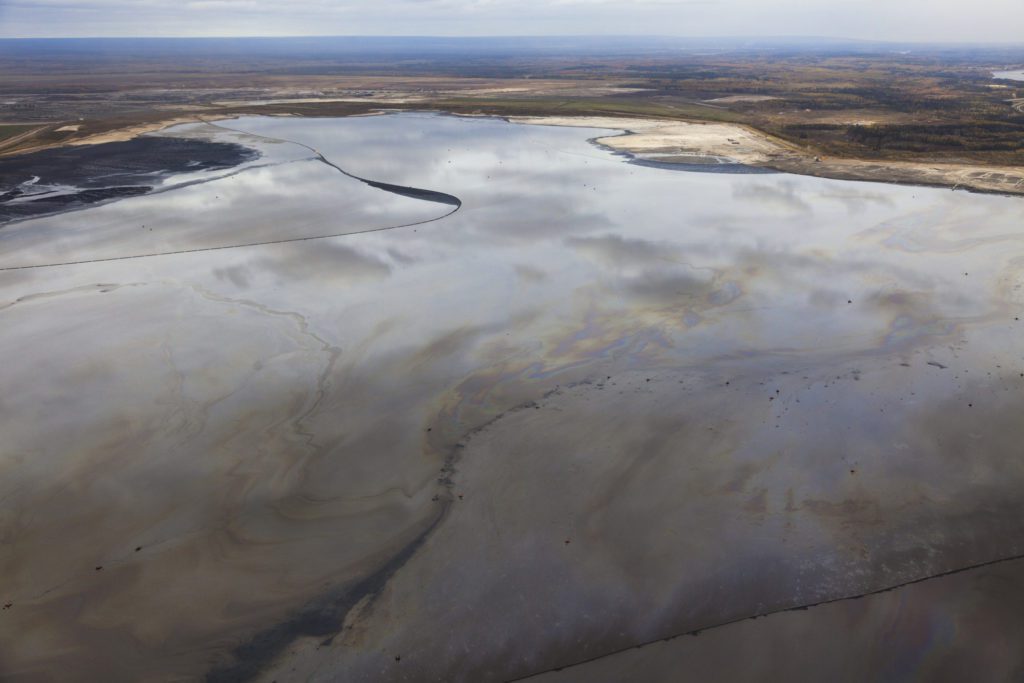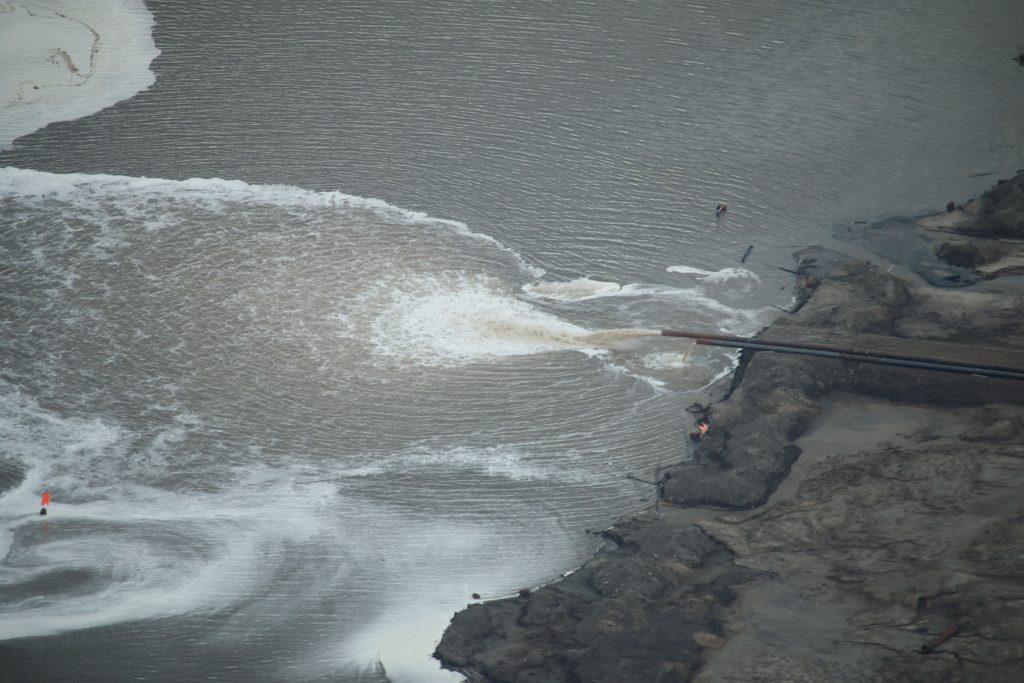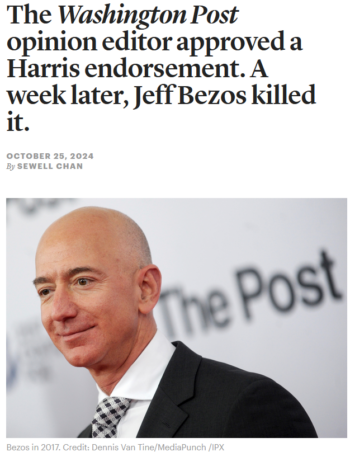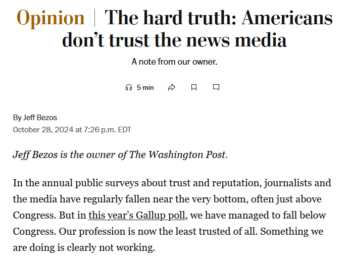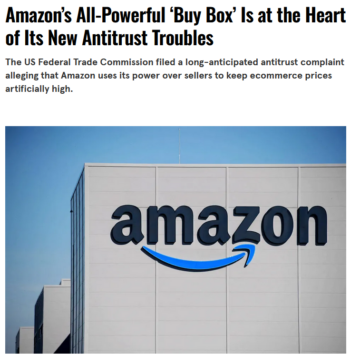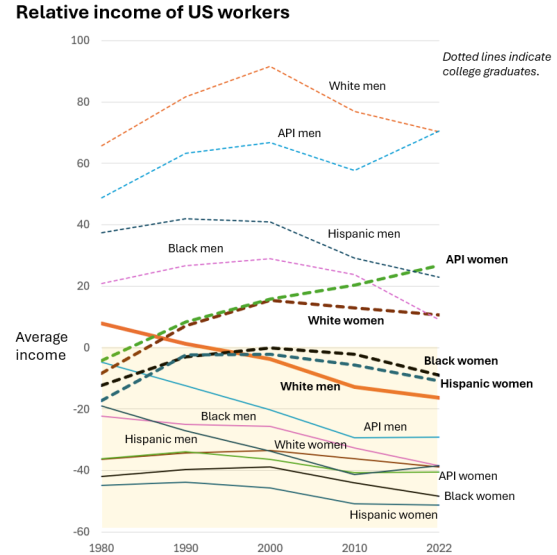
The Wall Street Journal (10/1/24) describes an Iranian missile barrage as a response to “Israel’s restraint”—rather than as a response to an Israeli terrorist bombing in Tehran, which went unmentioned in the editorial.
The media hawks are flying high, pushing out bellicose rhetoric on the op-ed pages that seems calculated to whip the public into a war-ready frenzy.
Just as they have done with Hezbollah (FAIR.org, 10/10/24), prominent conservative media opinionators misrepresent Iran as the aggressor against an Israel that practices admirable restraint.
Under the headline, “Iran Opens the Door to Retaliation,” the Wall Street Journal editorial board (10/1/24) wrote that Iran’s October 1 operation against Israel “warrants a response targeting Iran’s military and nuclear assets. This is Iran’s second missile barrage since April, and no country can let this become a new normal.”
The editors wrote:
After April’s attack, the Biden administration pressured Israel for a token response, and President Biden said Israel should “take the win” since there was no great harm to Israel. Israel’s restraint has now yielded this escalation, and it is under no obligation to restrain its retaliation this time.
‘We need to escalate’

“Bully regimes respond to the stick,” Bret Stephens (New York Times, 10/1/24) declared—citing the fact that Iran was reluctant to make a nuclear deal with the United States after the United States unilaterally abrogated the last deal.
The New York Times‘ self-described “warmongering neocon” columnist Bret Stephens (10/1/24), in a piece headlined “We Absolutely Need to Escalate in Iran,” similarly filed Iran’s April and October strikes on Israel under “aggression” that requires a US/Israeli military “response.” And a Boston Globe editorial (10/3/24) wrote that Iran “launched a brazen attack,” arguing that the incident illustrated why US students are wrong to oppose American firms making or investing in Israeli weapons.
All of these pieces conveniently neglected to mention that Iran announced that its October 1 missile barrage was “a response to Israel’s recent assassinations of leaders of [Iran’s Islamic Revolutionary Guard Corps], Hezbollah and Hamas” (Responsible Statecraft, 10/1/24). One of these assassinations was carried out by a bombing in Tehran, the Iranian capital. But we can only guess as to whether the Globe thinks those killings are “brazen,” Stephens thinks they qualify as “aggression,” or if the Journal believes any country can let such assassinations “become a new normal.”
Likewise, Iran’s April strikes came after Israel’s attack on an Iranian consulate in Damascus that killed seven Islamic Revolutionary Guard Corps officers (CBS, 4/14/24). At the time, Iran reportedly said that it would refrain from striking back against Israel if the latter agreed to end its mass murder campaign in Gaza (Responsible Statecraft, 4/8/24).
‘Axis of Aggression’

Bret Stephens (New York Times, 10/8/24) thinks we’d be safer if “cunning and aggressive dictatorships…finally learned the taste of defeat.”
A second Stephens piece (New York Times, 10/8/24) claimed that “the American people had better hope Israel wins” in its war against “the Axis of Aggression led from Tehran.” The latter is his term for the coalition of forces resisting the US and Israel from Palestine, Yemen, Lebanon and Iran, which refers to itself as the “axis of resistance.” Stephens’ reasoning is that, since Iran’s 1979 revolution, the country
has meant suffering for thousands of Americans: the hostages at the US embassy in Tehran; the diplomats and Marines in Beirut; the troops around Baghdad and Basra, killed by munitions built in Iran and supplied to proxies in Iraq; the American citizens routinely taken as prisoners in Iran; the Navy SEALs who perished in January trying to stop Iran from supplying Houthis with weapons used against commercial shipping.
The war Israelis are fighting now—the one the news media often mislabels the “Gaza war,” but is really between Israel and Iran—is fundamentally America’s war, too: a war against a shared enemy; an enemy that makes common cause with our totalitarian adversaries in Moscow and Beijing; an enemy that has been attacking us for 45 years. Americans should consider ourselves fortunate that Israel is bearing the brunt of the fighting; the least we can do is root for it.
This depiction of Iran as an aggressor that has victimized the United States for 45 years, causing “suffering for thousands of Americans,” is a parody of history. The fact is that the US has imposed suffering on millions of Iranians for 71 years, starting with the overthrow of the country’s democratically elected Prime Minister Mohammad Mosaddegh in 1953. It propped up the brutal Pahlavi dictatorship until 1979, then backed Iraq’s invasion of Iran, helping Saddam Hussein use chemical weapons against Iranians (Foreign Policy, 8/26/13). It imposes murderous sanctions on Iran to this day (Canadian Dimension, 4/3/23).
Given this background, suggesting—as the Journal, the Globe and Stephens do—that Iran is the aggressor against the US is not only untenable but laughable. Furthermore, as I’ve previously shown (FAIR.org, 1/21/20), it’s hardly a settled fact that Iran is responsible for Iraqi attacks on US occupation forces in the country. Stephens’ description of the Navy SEALs who died in the Red Sea is vague enough that one might be left with the impression that Iran or Ansar Allah killed them, but the SEALs died when one of them fell overboard and the other jumped into the water to try to save him (BBC, 1/22/24).
Stephens went on:
Those who care about the future of freedom had better hope Israel wins.
We are living in a world that increasingly resembles the 1930s, when cunning and aggressive dictatorships united against debilitated, inward-looking, risk-averse democracies. Today’s dictatorships also know how to smell weakness. We would all be safer if, in the Middle East, they finally learned the taste of defeat.
What Stephens is deploying here is the tired and baseless propaganda strategy of hinting that World War II redux is impending if America doesn’t crush the Third World bad guy of the moment. More realistically, the “future of freedom” is jeopardized by the US/Israeli alliance’s invading the lands of Palestinian and Lebanese people and massacring them. These crimes suggest that, in the Journal’s parlance, it’s the US/Israeli partnership that is the “regional and global menace.” Or, to borrow another phrase from the Journal’s editorial, it’s Israel and the US who are the “dangerous regime[s]” from which “the civilized world” must be defended.
‘A global menace’

“Iran launched a brazen attack,” the Boston Globe (10/3/24) editorialized—brazenly ignoring Israeli violence toward Iran.
Corporate media commentators didn’t stop at Iran’s direct strikes on Israel, casting Iran as, in the Journal‘s words (10/1/24), “a regional and global menace”:
It started this war via Hamas, which it funds, arms and trains to carry out massacres like the one on October 7, and it escalated via Hezbollah, spreading war to Lebanon. Other proxies destabilize Iraq and Yemen, fire on Israeli and US troops and block global shipping. It sends drones and missiles to Russia and rains ballistic missiles on Israel. All while seeking nukes.
Stephens’ column (10/1/24) similarly argued that “Iran presents an utterly intolerable threat not only to Israel but also to the United States and whatever remains of the liberal international order we’re supposed to lead.” The Globe editorial (10/3/24) wrote that “the threat posed by Iran extends beyond Israel’s borders.” Both cited the Houthis in Yemen, among other alleged Iranian “proxies.”
Painting Iran as the mastermind behind unprovoked worldwide aggression helps prop up the hawks’ demands for escalation. But the US State Department said there was “no direct evidence” that Iran was involved in the October 7, 2023, Hamas-led attack on Israel, “either in planning it or carrying it out” (NBC, 10/12/23).
As FAIR has shown repeatedly (e.g., FAIR.org, 4/21/21, 8/26/20), it isn’t true that Hezbollah is an Iranian puppet. The Houthis, formally known as Ansar Allah, likewise aren’t mere proxies (Democracy Now!, 2/1/24)—and don’t expect the media hawks to tell you that the Houthis began attacking ships they understand to be Israel-linked in response to the US/Israeli assault on Gaza, and say that they will stop if the US/Israeli war crimes in Gaza end.
Moreover, it’s clear that the Journal has no problem with US arms exports, including when they are used to carry out atrocities against civilians, so its posturing about the harm done by Iranian arms sales to Russia cannot be taken seriously (FAIR.org, 1/27/23).
Propaganda goes nuclear

Uriel Hellman (LA Times, 10/17/24) writes that “the responsible nations of the world have tried myriad methods to thwart this doomsday scenario” of Iran making a nuclear weapon, including “negotiated agreements.” The US has tried making deals with Iran, it’s tried violating those deals—nothing seems to work!
As usual, those who are itching for a war on Iran invoke the specter of an Iranian nuclear weapon. Stephens (New York Times, 10/1/24) wrote:
This year, Secretary of State Antony Blinken warned that Iran was within a week or two of being able to produce enough weapons-grade uranium for a nuclear bomb. Even with the requisite fissile material, it takes time and expertise to fashion a nuclear weapon, particularly one small enough to be delivered by a missile. But a prime goal for Iran’s nuclear ambitions is plainly in sight, especially if it receives technical help from its new best friends in Russia, China and North Korea.
Now’s the time for someone to do something about it.
That someone will probably be Israel.
By “something,” Stephens said he also meant that “Biden should order” military strikes to destroy the “Isfahan missile complex.” “There is a uranium enrichment site near Isfahan, too,” Stephens wrote suggestively.
The LA Times published two guest op-eds in less than two weeks urging attacks on Iran based on its alleged nuclear threat. Yossi Klein Halevi (10/7/24) wrote:
Today, Iran sits at the nuclear threshold…. The culminating moment of this war to restore Israeli deterrence against existential threat will be preventing Iran’s nuclear breakout.
Ten days later, Uriel Heilman (LA Times, 10/17/24) argued: “With Iran’s belligerence in overdrive, the US and its allies should seriously consider a military option to take out Iran’s nuclear sites.”
The first question posed by CBS‘s Margaret Brennan in the vice presidential debate (10/1/24)—”would you support or oppose a preemptive strike by Israel on Iran?”—was premised on the claim that Iran “has drastically reduced the time it would take to develop a nuclear weapon. It is down now to one or two weeks time.”
‘Threshold’ is a ways away

If this New York Times piece (10/2/24) seems to have a different, less alarmist tone than other corporate media reports, perhaps that’s because its author, William Broad, is a science reporter and not someone whose beat is foreign policy.
Readers who aren’t versed in the technical terms used to discuss nuclear proliferation can be forgiven for thinking that a country at “the nuclear threshold” is mere days away from being able to use nuclear weapons against their enemies, as these media warnings seem to suggest. But in reality, as the blog War on the Rocks (5/3/24) explained:
Three distinct elements distinguish a state that has achieved a threshold status. First, the conscious pursuit of this combined technical, military and organizational capability to rapidly (probably within three to six months) obtain a rudimentary nuclear explosive capability after a decision to proceed. Second, implementation of a strategy for achieving and utilizing this status. And third, the application of this status for gain vis-à-vis adversaries, allies and/or domestic audiences. Nevertheless, a threshold state remains sufficiently short of weapons possession and even from the capacity to assemble disparate components into a nuclear weapon within days.
According to a Congressional Research Service document (3/20/24) published in March, International Atomic Energy Agency (IAEA) reports “suggest that Iran does not yet have a viable nuclear weapon design or a suitable explosive detonation system.”
Estimates of how long it would take for Iran to develop nuclear weapons vary. US intelligence said that Iran could enrich enough uranium for three nuclear devices within weeks if it chose to do so (Congressional Research Service, 9/6/24). Yet as noted by Houston G. Wood, an emeritus professor of mechanical and aerospace engineering who specializes in atomic centrifuges and other nuclear issues, it “would take Iran up to a year to devise a weapon once it had enough nuclear fuel” (New York Times, 10/2/24).
Siegfried S. Hecker, former director of the Los Alamos weapons laboratory, likewise told the New York Times that “it would likely take many months” for Iran to develop nukes, “not weeks.” As the Times noted, CBS‘s question in the vice presidential debate “conflated the time it would most likely take Iran to manufacture a bomb’s worth of highly enriched uranium with the overall process of turning it into a weapon. ”
What’s more, US intelligence continues to say that Iran “is not currently undertaking nuclear weapons-related activities” (Congressional Research Service, 9/6/24). In 2003, Ayatollah Ali Khamenei issued a fatwa against building nuclear weapons that has not yet been rescinded (FAIR.org, 10/17/17).
‘Iran won’t stop itself’

“Iran is implementing its nuclear-related commitments,” the IAEA (3/5/18) said in March 2018. Two months later, the same could not be said to the United States.
Even if Iran were pursuing nuclear weapons, nothing under international law supports the idea that Israel and the US therefore have the right to attack Iran. India would not have been within its rights to attack Pakistan to prevent its rival from building a nuclear weapon.
But media assume different rules apply to Iran. The editors of the Wall Street Journal (10/1/24) contended:
If there were ever cause to target Iran’s nuclear facilities, [Iran’s October attack on Israel] is it…. Iran is closer than ever to a nuclear weapon and won’t stop itself. The question for American and Israeli leaders is: If not now, when?
Recent history shows that Iran has been willing to “stop itself” from acquiring nuclear weapons. Iran abided by the 2015 Joint Comprehensive Plan of Action (JCPOA), popularly known as the Iran nuclear deal, under which Iran limited its nuclear development in exchange for a partial easing of US sanctions. It stuck to the deal for some time even after the United States unilaterally abandoned it.
Just before President Donald Trump ripped up the agreement in 2018, the IAEA reported that Iran was “implementing its nuclear-related commitments” under the accord. The year after the US abrogated the agreement, Iran was still keeping up its end of the bargain.
‘Provocative actions’ from US/Israel

Responsible Statecraft (5/7/24): “Relations between the United States and Iran have been so damaged by Trump’s withdrawal that it does not appear as though the deal can be resurrected.”
Iran subsequently stopped adhering to the by then nonexistent deal—often advancing its nuclear program, as Responsible Statecraft (5/7/24) noted, “in response to provocative actions from the US and Israel”:
In early 2020, the Trump administration killed Iranian Major General Qassem Soleimani, leader of the Islamic Revolutionary Guard Corps, and soon after Tehran announced that it would no longer abide by its enrichment commitments under the deal. But, even so, Tehran said it would return to compliance if the other parties did so and met their commitments on sanctions relief.
In late 2020, Iranian nuclear scientist Mohsen Fakhrizadeh was assassinated near Tehran, reportedly by Israel. Soon after, Iran’s Guardian Council approved a law to speed up the nuclear program by enriching uranium to 20%, increasing the rate of production, installing new centrifuges, suspending implementation of expanded safeguards agreements, and reducing monitoring and verification cooperation with the IAEA. The Agency has been unable to adequately monitor Iran’s nuclear activities under the deal since early 2021.
However, situating Iranian policies in relation to US/Israeli actions like these would get in the way of the Journal’s campaign, which it articulated in another editorial (10/2/24), to convince the public that “If Mr. Biden won’t take this opportunity to destroy Iran’s nuclear program, the least he can do is not stop Israel from doing the job for its own self-preservation.”
Of course, the crucial, unstated assumption in the articles by Stephens, Halevi, Heilman and the Journal’s editors is that Iran’s hypothetical nuclear weapons are emergencies that need to be immediately addressed by bombing the country—while Washington and Tel Aviv’s vast, actually existing nuclear arsenals warrant no concern.
This post was originally published on FAIR.





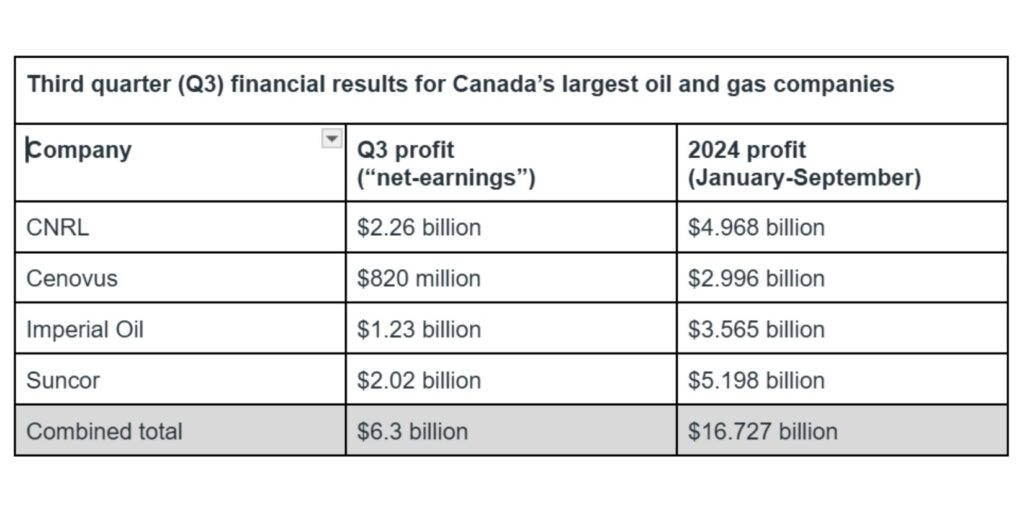 It’s important to remember that the staggering $6.3 billion in combined profits posted for Q3 is what remains from the billions more in total revenue, after shareholders, CEOs, other operating expenses and investments were paid.
It’s important to remember that the staggering $6.3 billion in combined profits posted for Q3 is what remains from the billions more in total revenue, after shareholders, CEOs, other operating expenses and investments were paid.

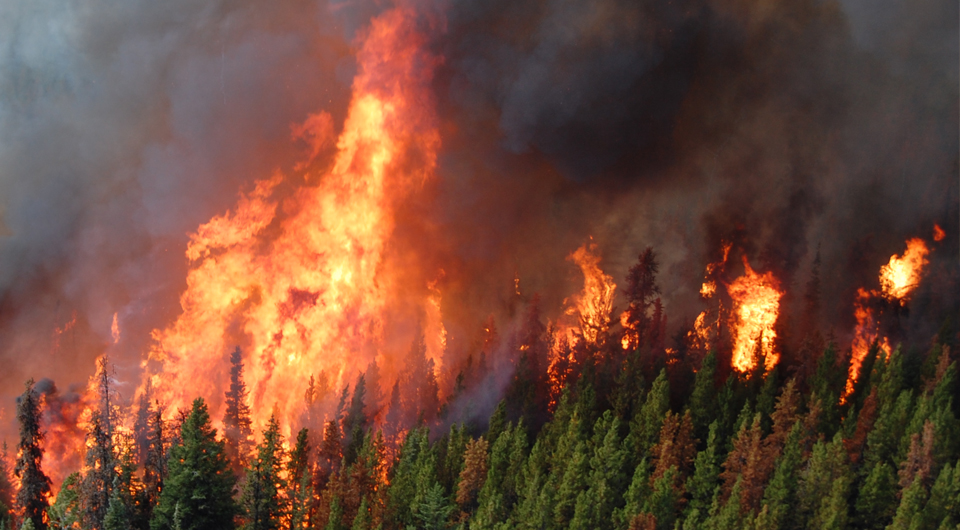
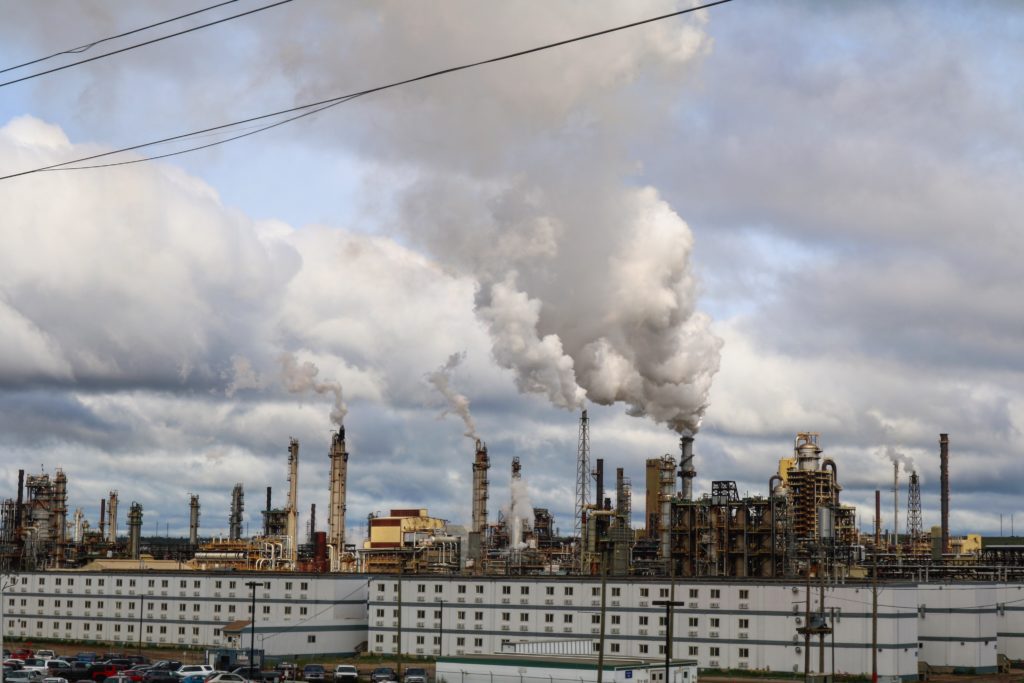 So, how can we tackle the affordability and climate crisis?
So, how can we tackle the affordability and climate crisis? 
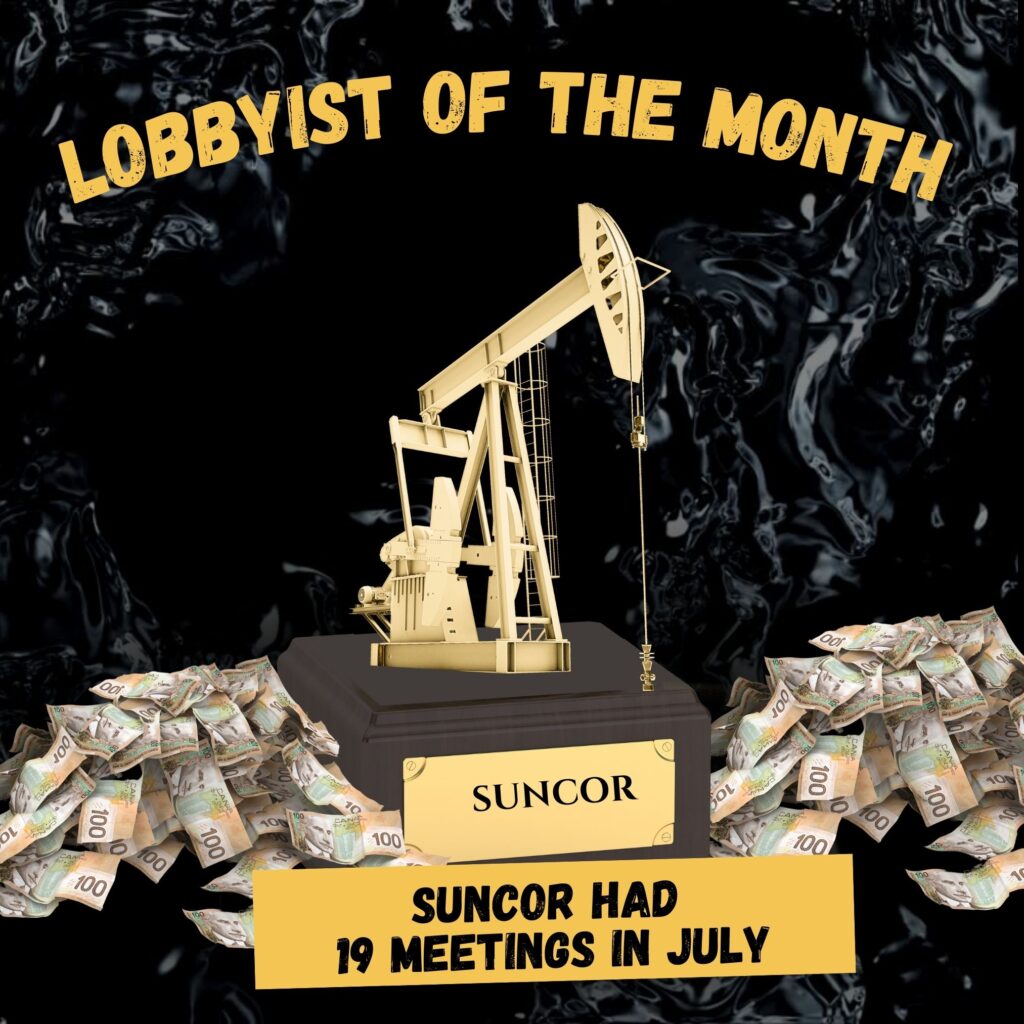
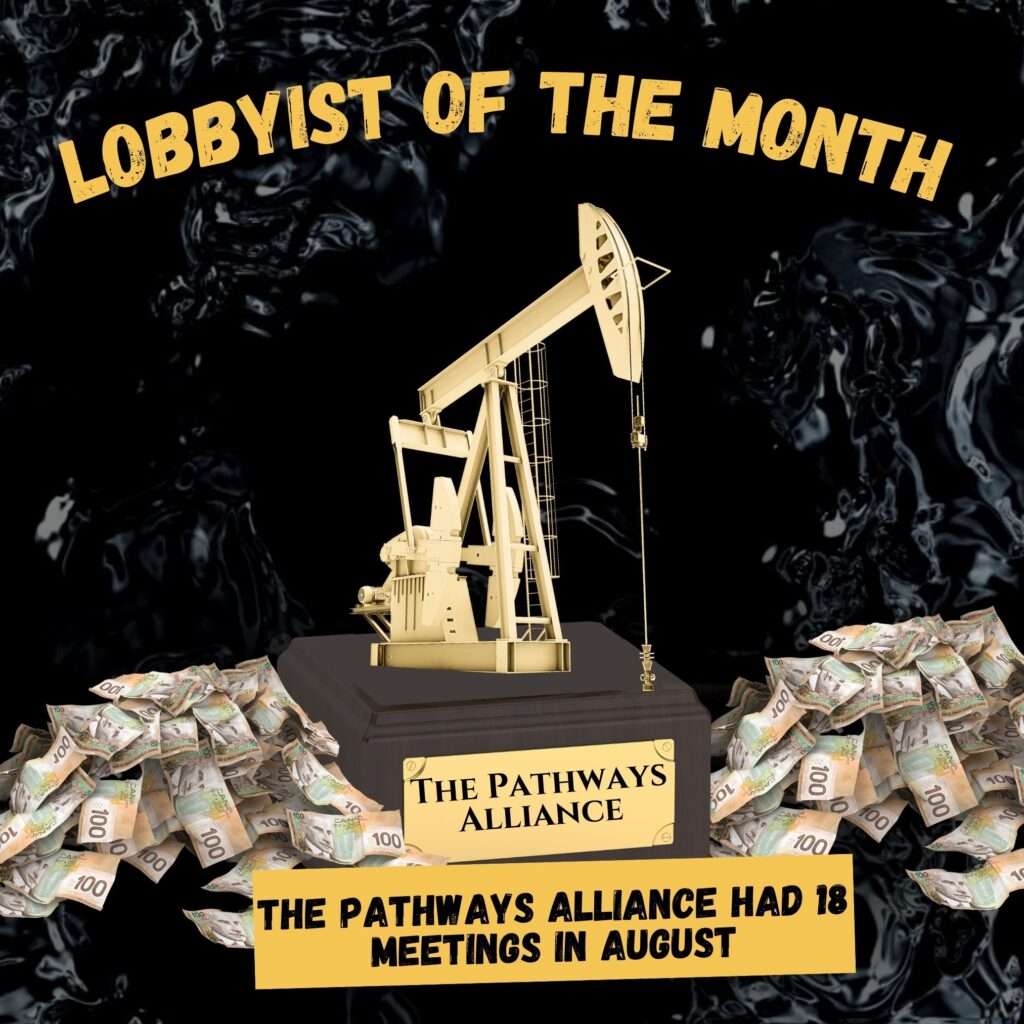



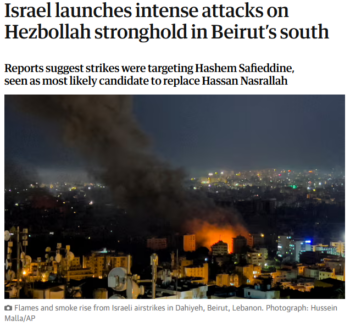
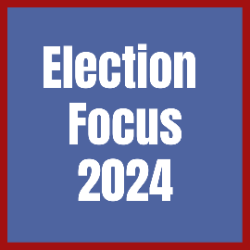 MSNBC‘s
MSNBC‘s 




